Underwater scooters, also known as diver propulsion vehicles (DPVs), are revolutionizing how we explore the underwater world. Offering an effortless and exhilarating way to navigate beneath the surface, they open up new possibilities for divers and snorkelers alike. But before you embark on your underwater adventures, understanding how to properly and safely use an underwater scooter is crucial. This comprehensive guide will walk you through everything you need to know, from preparing your device to mastering essential operating skills in various environments.
Preparing Your Underwater Scooter: Setting the Stage for Adventure
Before even entering the water, proper preparation of your underwater scooter is paramount for a safe and enjoyable experience. This involves several key steps:
Charging the Battery
Ensure your scooter's battery is fully charged according to the manufacturer's instructions. A depleted battery underwater can cut your exploration short and potentially create a safety hazard.
Inspecting for Damage
Carefully examine the scooter for any signs of cracks, leaks, or damage to the propeller, housing, or handles. Pay close attention to seals and O-rings, ensuring they are clean and properly seated.
Checking Controls and Connections
Verify that all controls, such as the trigger, speed settings, and any directional controls, are functioning smoothly and responsively. Ensure all cables and connections are secure.
Familiarizing Yourself with the Manual
Take the time to thoroughly read and understand your scooter's user manual. Different models may have specific operating procedures and safety guidelines.
Learning Your Device's Features: Understanding Your Underwater Companion
Underwater scooters come with a range of features, and knowing how to utilize them effectively will enhance your underwater experience and safety:
Speed Settings
Most scooters offer multiple speed settings. Understand how to switch between these settings and when each is appropriate (e.g., low speed for maneuvering in tight spaces, higher speed for covering distances).
Buoyancy Adjustment
Some scooters have adjustable buoyancy. Learn how to fine-tune this to achieve neutral buoyancy, which is essential for effortless movement and control.
Handle and Grip Design
Familiarize yourself with the handle design and how to grip it comfortably and securely. Proper grip is crucial for steering and maintaining control.
Safety Features
Understand any built-in safety features, such as automatic shut-off mechanisms or emergency stop buttons. Knowing how to activate these in an emergency is vital.
Related reading: How to Choose a Electric Kickboard in Swimming?
Safety Check Before Diving: Your Last Line of Defense
Just before entering the water, conduct a final safety check:
Confirm Battery Status
Double-check that the battery is adequately charged for your planned dive.
Visual Inspection
Perform another quick visual inspection for any last-minute issues.
Control Test
Briefly test the scooter's controls in shallow water near the entry point to ensure they are still functioning correctly.
Communicate Your Plan
If diving with a buddy, clearly communicate your planned route and any signals you will use while operating the scooter.
Entry-Level Skills Needed When Controlling a Scooter: Getting Started with Confidence
Once in the water, mastering these entry-level skills will provide a solid foundation for operating your underwater scooter safely and effectively:
Getting Used to the Thrust
Start in a calm, shallow area and get a feel for the scooter's thrust. Practice gentle acceleration and deceleration.
Maintaining a Straight Line
Focus on maintaining a consistent heading. Use subtle movements of your body and the scooter's handles to stay on course.
Controlling Depth
Practice ascending and descending slowly and deliberately while using the scooter. Coordinate your buoyancy control with the scooter's movement.
Stopping Smoothly
Learn how to stop the scooter smoothly without abrupt jolts. This often involves releasing the trigger gradually.
Essential Skills Needed When Operating a Scooter: Enhancing Your Maneuverability
As you gain confidence, developing these essential skills will allow you to navigate more complex underwater environments:
Turning and Maneuvering
Practice making smooth turns. Understand how leaning your body and gently twisting the scooter's handles affect your direction.
Navigating Obstacles
Learn how to safely maneuver around underwater obstacles like coral formations or rocks. This often requires precise control and slower speeds.
Operating in Different Orientations
Practice operating the scooter in different orientations (e.g., horizontal, slightly angled) to understand how it responds.
Maintaining Neutral Buoyancy with the Scooter
Master the art of maintaining neutral buoyancy while using the scooter. This involves coordinating your breathing, buoyancy compensator (BCD), and the scooter's movement.

How to Operate Your Underwater Scooter in Different Environments: Adapting to the Underwater Landscape
The way you operate your underwater scooter may need to be adjusted based on the specific environment:
Reef Environments
In delicate reef environments, maintain a slow speed and be extremely cautious to avoid contact with corals or marine life. Practice precise maneuvering.
Open Water
In open water, you can often utilize higher speeds to cover more distance. Focus on maintaining your depth and awareness of your surroundings.
Currents
Operating in currents requires extra caution. Learn to angle your scooter into the current and use short bursts of power. Be aware that currents can affect your stability and direction.
Restricted Spaces
Navigating in confined spaces demands slow speeds, precise control, and a thorough understanding of your scooter's dimensions and maneuverability.
Challenges and Solutions About Underwater Scooters: Addressing Potential Issues
While underwater scooters enhance exploration, it's important to be aware of potential challenges and their solutions:
Loss of Control
This can occur due to sudden movements or strong currents. Solution: Practice smooth movements and be aware of environmental conditions. If control is lost, release the trigger and regain stability.
Battery Depletion
Running out of battery underwater can be inconvenient and potentially dangerous. Solution: Always check your battery level before diving and plan your dive accordingly. Consider carrying a backup battery if appropriate.
Entanglement
Entanglement in fishing lines or other debris is a risk. Solution: Be vigilant about your surroundings and avoid areas known for debris. Some scooters have propeller guards to mitigate this risk.
Equipment Malfunction
Although rare, equipment malfunctions can occur. Solution: Conduct thorough pre-dive checks and be familiar with your scooter's safety features.
FAQs
Q: How do I properly prepare my underwater scooter before diving?
- Ensure the battery is fully charged, inspect for any damage, check the controls, and read the user manual. Do a final test in shallow water before diving.
Q: What safety features should I look for in an underwater scooter?
- Look for enclosed propellers, auto shut-off or kill switch, neutral buoyancy, and multi-speed settings to ensure a safe and enjoyable experience.
Q: How can I improve my control when using an underwater scooter?
- Start in calm, shallow water to practice thrust control, smooth turns, and maintaining a straight line. As you gain confidence, practice in more complex environments like reefs or open water.
Conclusion: Embrace the Underwater World with Confidence
Underwater scooters offer an exciting and efficient way to explore the beauty beneath the waves. By diligently preparing your equipment, understanding its features, prioritizing safety, and mastering essential operating skills in various environments, you can confidently and responsibly enjoy the incredible experiences these devices offer. So, gear up, dive in, and let your underwater scooter unveil the wonders of the aquatic realm!
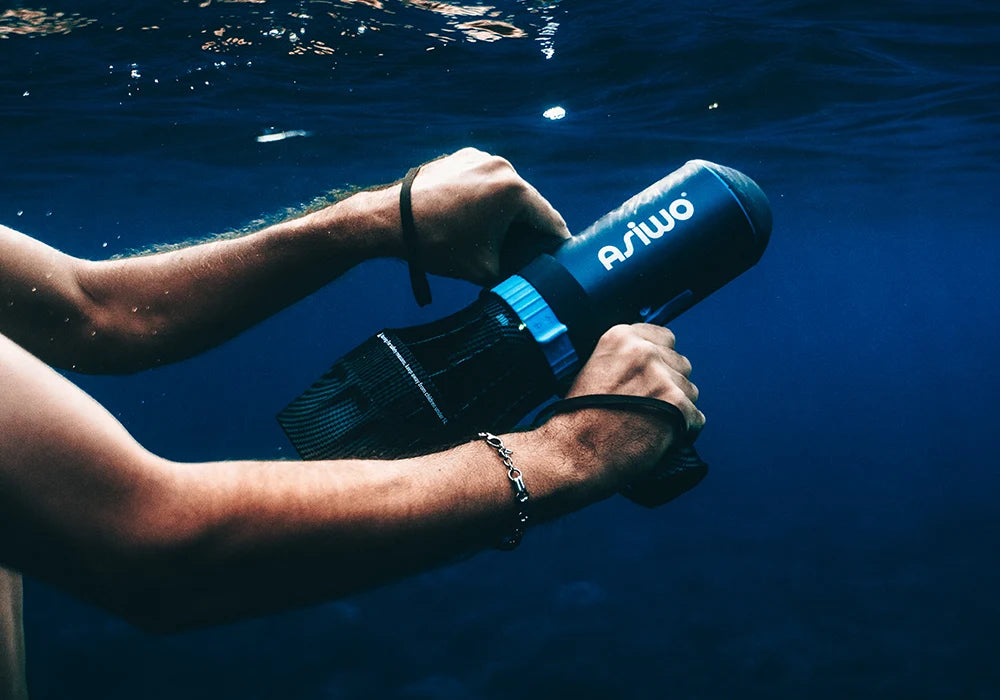




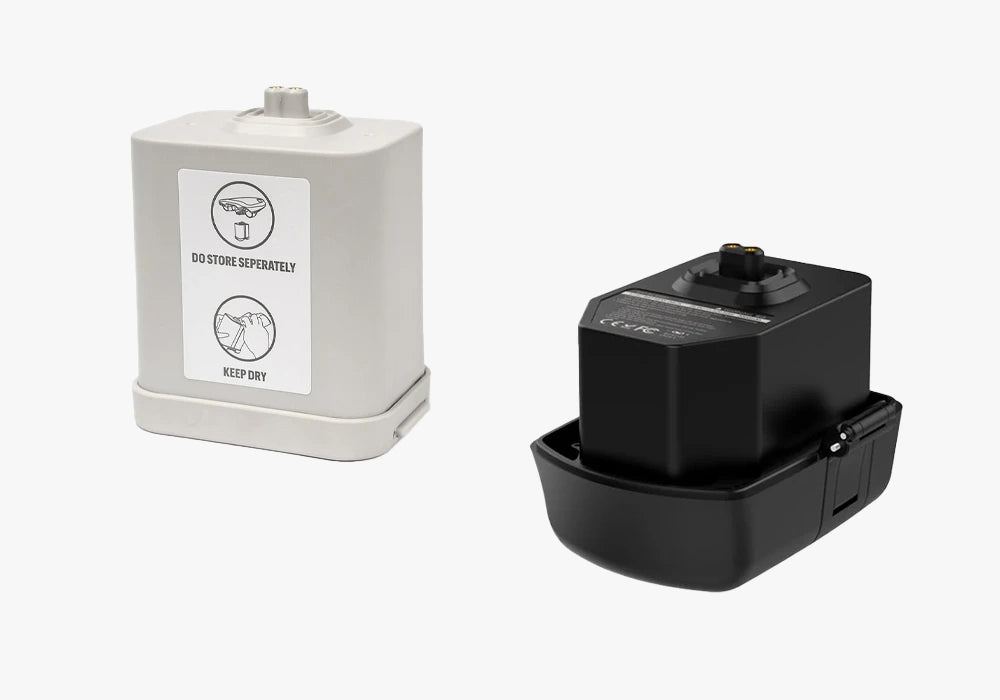




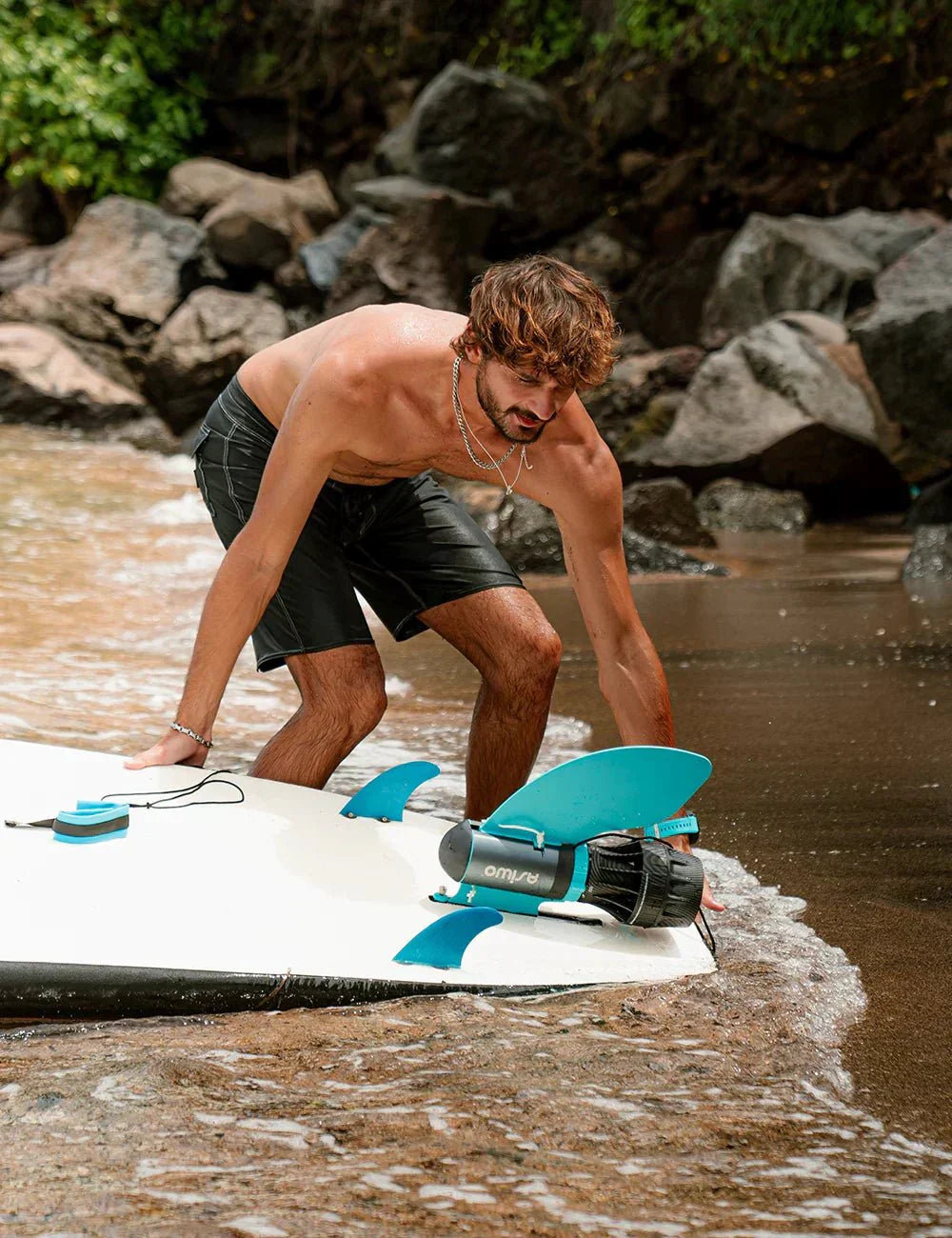
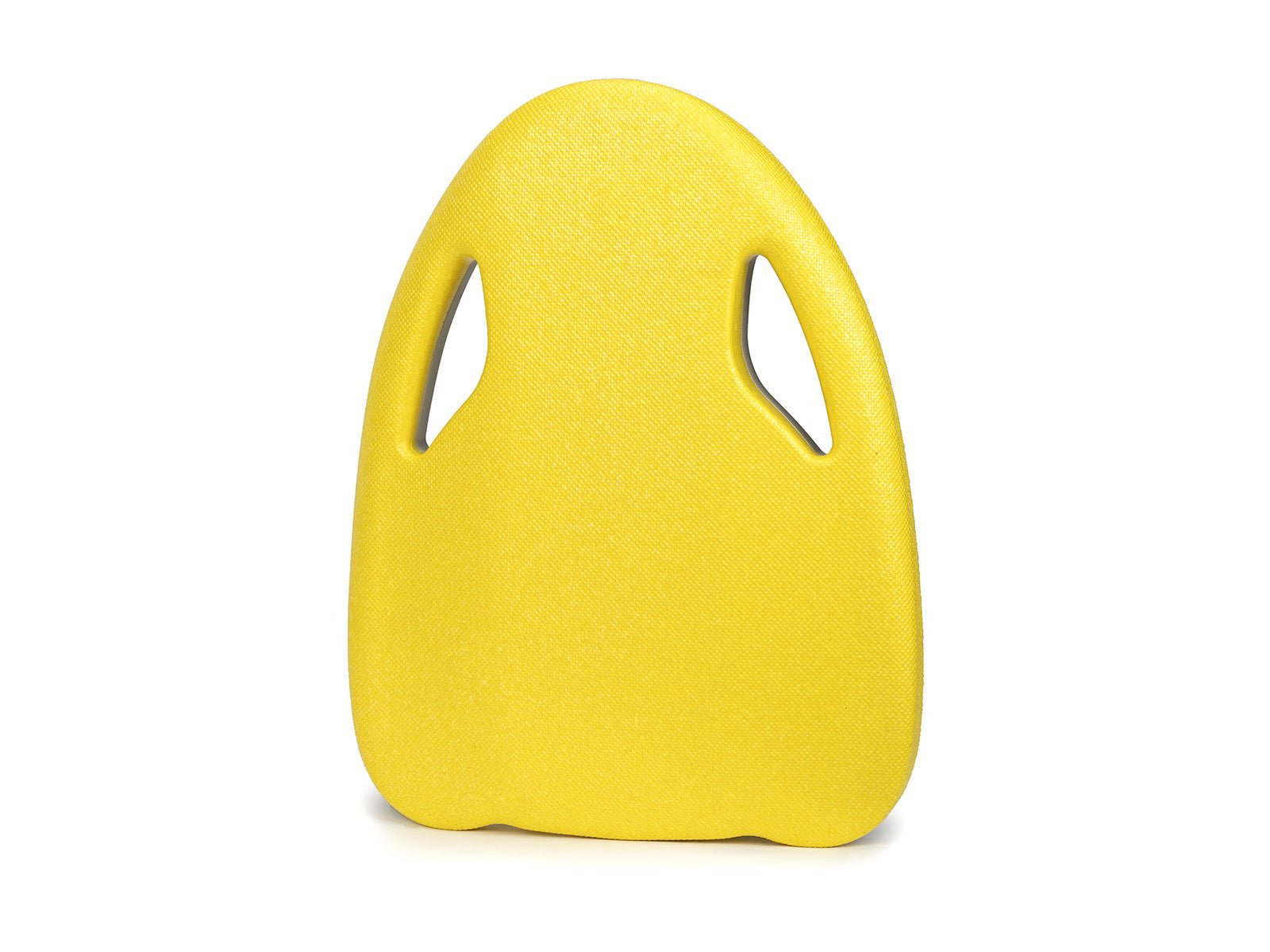
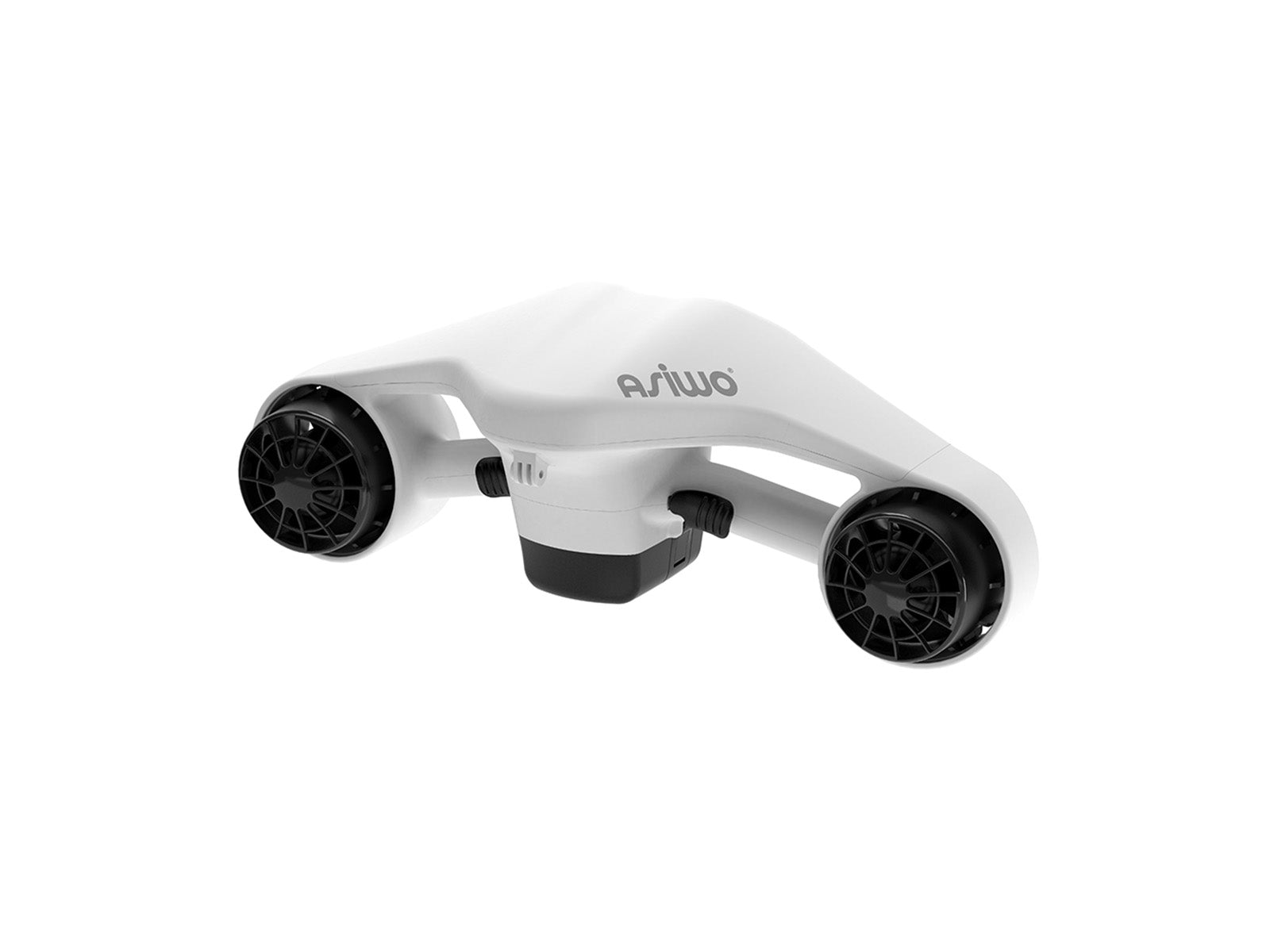
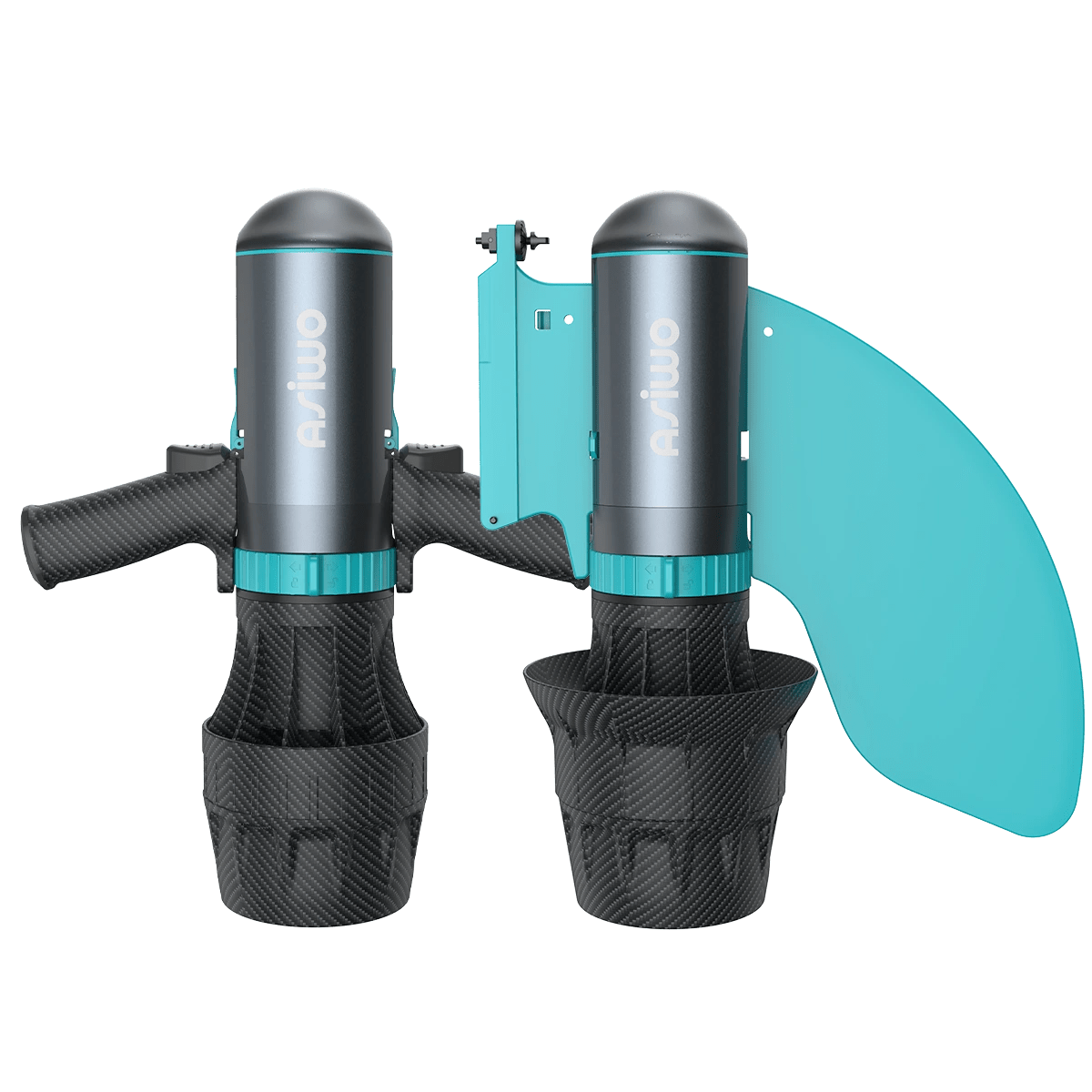


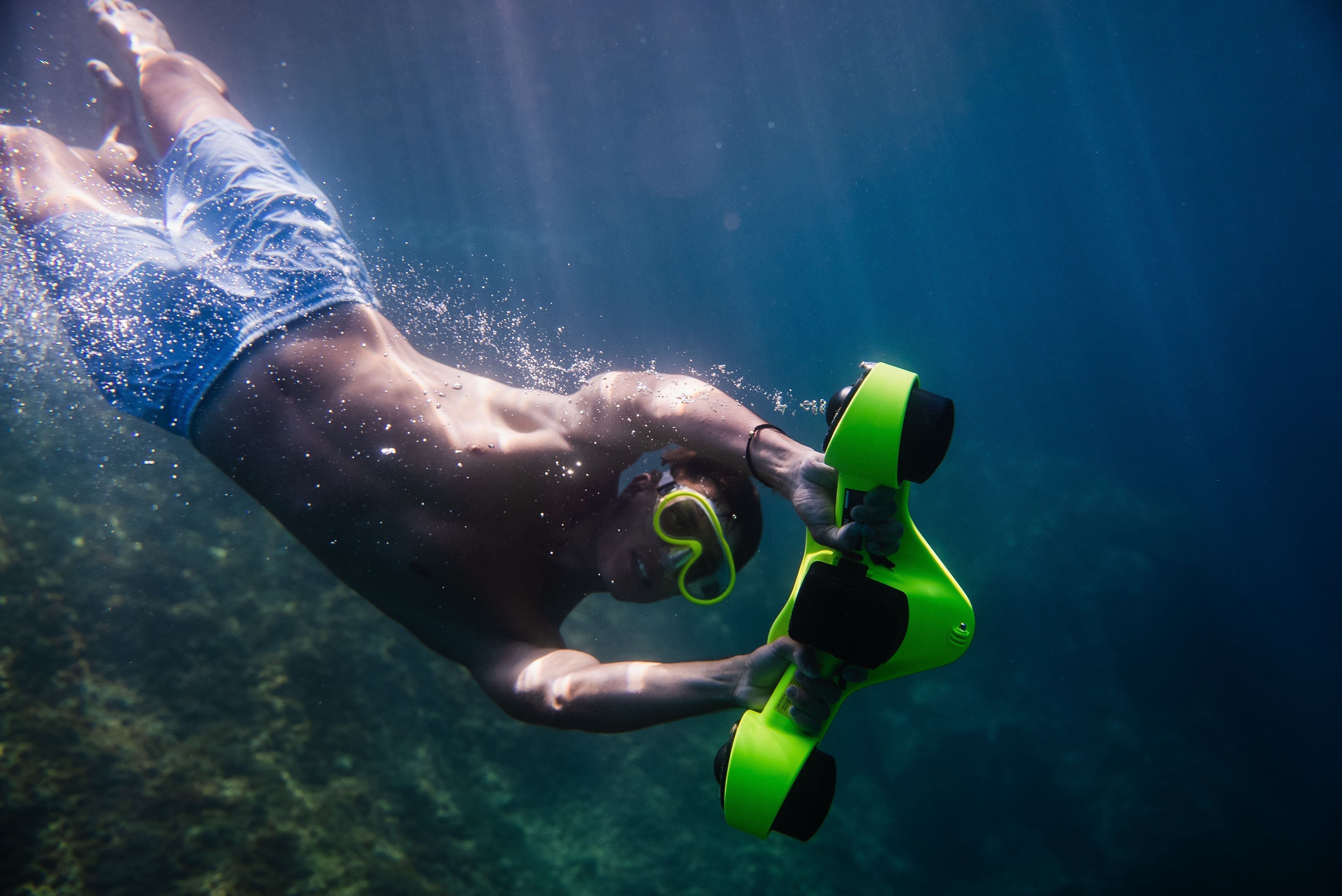
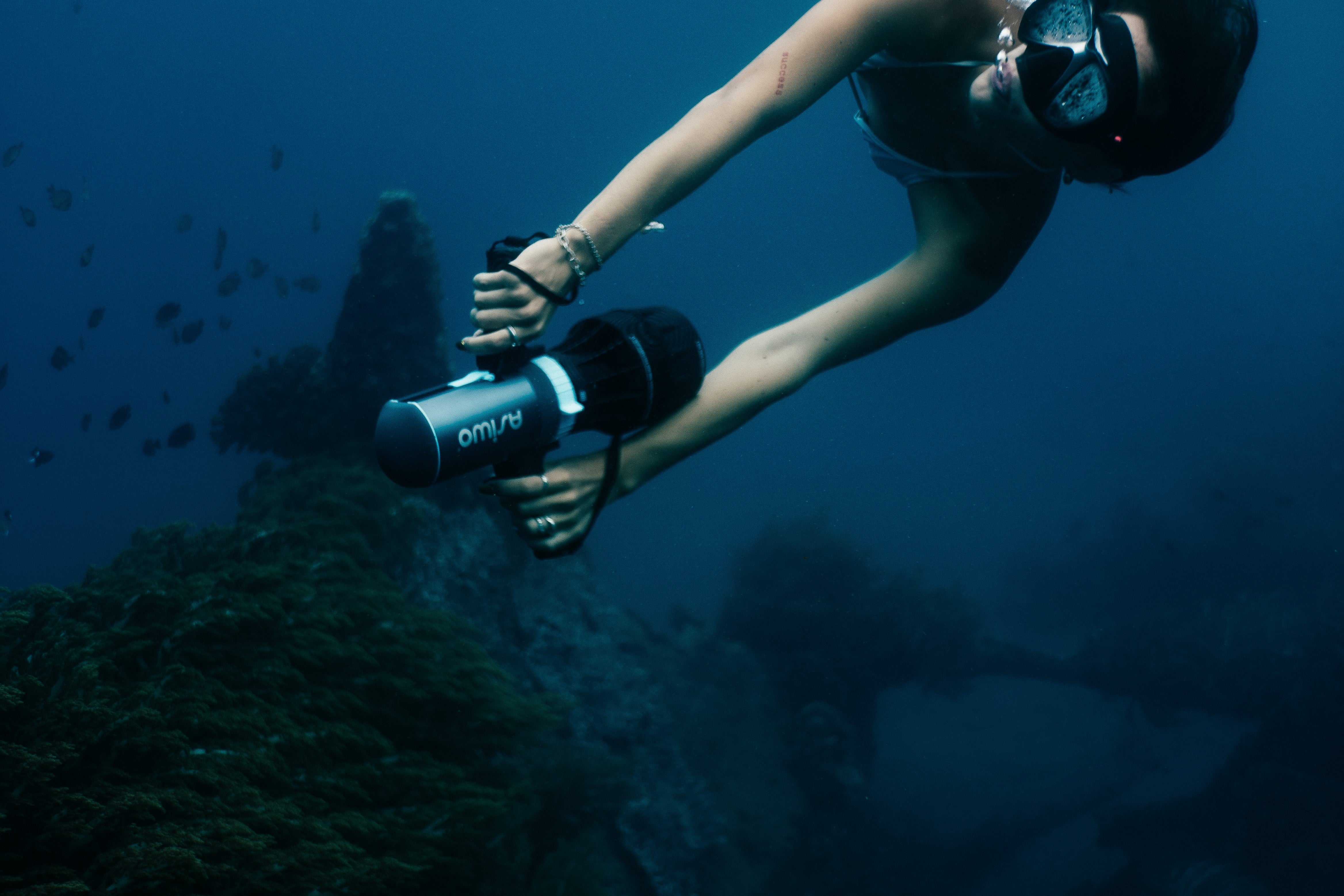
Laissez un commentaire